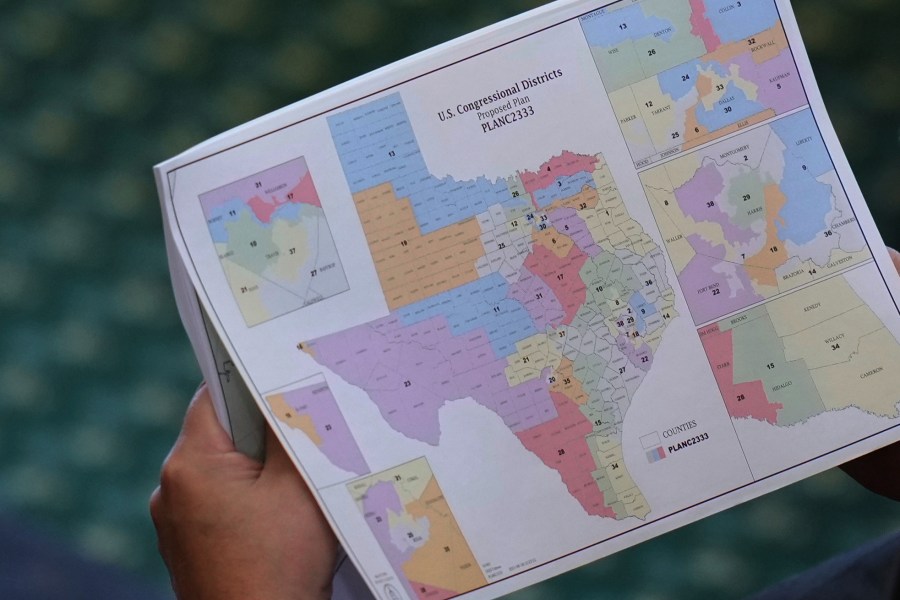A panel of federal judges in El Paso will begin hearings on March 15, 2024, regarding Texas’ newly redrawn congressional map that is anticipated to enhance Republican representation. The map, which has been criticized for potentially diluting minority voting power, aims to increase Republican seats from 25 to 30 out of the state’s 38 congressional districts ahead of the crucial 2026 midterm elections.
The legal challenge comes from civil rights groups and numerous Black and Hispanic voters who argue that the new map constitutes racial gerrymandering, thus violating the Voting Rights Act of 1965 and the U.S. Constitution. They claim that the redistricting process intentionally diminishes the influence of minority voters. In contrast, Texas Republican lawmakers, including Attorney General Ken Paxton, assert that the map’s design is a legitimate partisan strategy rather than an illegal action against racial representation.
Keith Gaddie, a political science professor at Texas Christian University, highlights the complexity of the situation, stating, “Race and party have folded onto each other.” He suggests that what might be interpreted as racial gerrymandering may simply reflect partisan motives. The U.S. Supreme Court’s ruling in 2019 confirmed that the Constitution does not prohibit partisan gerrymandering, complicating the legal landscape further.
Legal and Political Implications of the Redistricting Battle
The new congressional map has drawn significant attention as it eliminates five of the nine “coalition” districts, where no single minority group holds a majority but collectively surpasses non-Hispanic white voters. Critics claim that the reduction in minority-majority districts—from 16 to 14—indicates a deliberate attempt to weaken minority representation.
In court documents, Texas officials argue that their actions are a response to previous Democratic gerrymanders, framing their redistricting efforts as necessary to maintain a competitive political landscape. The state’s attorneys contend that the criticisms surrounding race are merely tactics to undermine the Republican party’s legitimate political strategies.
The hearing is expected to last more than a week, during which detailed analyses of voting patterns will be presented. Nina Perales, an attorney representing the groups challenging the map, emphasizes that adherence to established rules in redistricting is essential to safeguarding the democratic process. She notes, “States have to follow rules when they redistrict; they provide essentially the buffer guards to protect the democratic process.”
Challenges to Minority Representation
Opponents of the map argue that while it introduces new Hispanic-majority and Black-majority districts, the margins are insufficient to ensure meaningful electoral representation. Critics label these new districts as “sham” districts, asserting that the slim majorities would allow white voters, who generally have higher turnout rates, to dominate election outcomes.
Derrick Johnson, President of the NAACP, has voiced concerns over the current political climate, stating, “There is growing animus against African-American and other communities who have historically been disenfranchised.” He views the redistricting effort as part of a broader trend of marginalizing minority voices in the political arena.
As the court deliberates, the outcomes of this case may have significant implications for the upcoming midterm elections and beyond, potentially shaping the political landscape in Texas and influencing redistricting efforts in other states. The panel of judges, appointed by Donald Trump, Barack Obama, and Ronald Reagan, will weigh the arguments presented to determine the legality of the map and its impact on minority voters.






































































